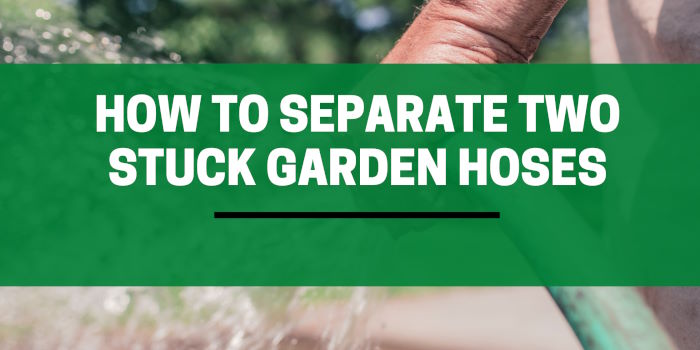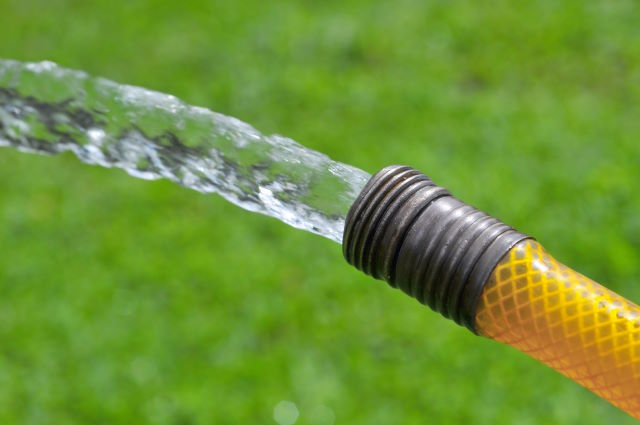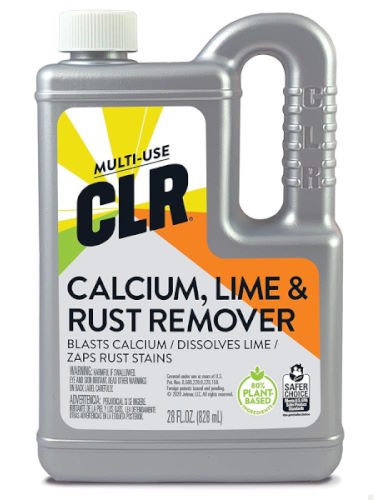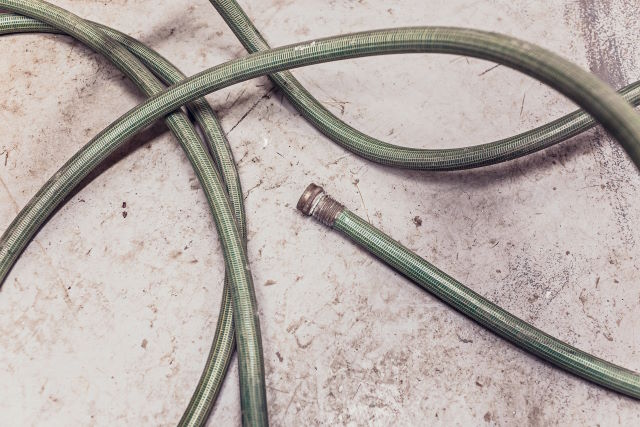
If your garden hoses are stuck together, you may be wondering what is the best way to separate them. But before you throw in the towel, know that there are a couple of options up your sleeve to disconnect them.
Here’s an exhaustive guide on how to address this stubborn garden hose problem without causing damage, and how to prevent it in the future.
Contents
Methods To Unstick Garden Hoses
The following methods are not only useful to detach your seized hose couplings, but they are also effective for removing stuck hoses from spigots or a spray nozzle.
1. Pulling and Twisting
The pull-and-twist method is one of the most straightforward techniques to free up your hose connection. Start by grabbing the water hose near the problematic area and twisting the ends of the hoses in opposite directions.

The idea is simple: use a firm, steady force, and pressure to turn and release them. This works wonders, especially when the hoses are dry so if the connections are wet, leave them to dry out first.
If the regular twist doesn’t do the trick, you might need a couple of pipe wrenches. Hold one part steady with a wrench, and use the other to untwist the opposing side.
2. The Magic of Lubricants
Do you have a can of penetrating oil or some silicone spray around? These can be your cheaper option when it comes to unsticking your hoses.
Generously apply your chosen lubricant where the connectors are jammed, wait for a few minutes, and then employ the twist-and-pull technique. If you’re facing corroded material or a calcified coupling, try using a rust-busting product like CLR. This can effectively remove calcium, line, and rust.

Give it an hour to work its magic, then see if you can release the seized hose connection. If that still doesn’t work, don’t lose hope. Spraying some PAM cooking spray or WD-40 might just do the trick.
This is also a great method to try when removing a stuck hose from a spigot.
3. Getting Heated
Sometimes, applying direct heat can be the answer. Using direct heat on the connection can expand the metal and facilitate the process. The expansion of metal can make the hose fitting less stubborn. It can also be useful to loosen cross-threaded connections.
While a hair dryer might seem like an immediate solution, a heat gun is more potent. It not only reaches higher temperatures but also directs a more concentrated airflow to the area.
If you don’t have access to a heat source, you can try soaking the connection in hot water.
4. The Power of Pliers
Channellock pliers, a normal pair of pliers, an adjustable wrench, or a pair of vise grips can be a gardener’s best friend in challenging times. If your hoses refuse to budge even after trying the above methods, these tools can come to your rescue.

Grip the end of the stubborn hose fitting firmly and untwist in opposite directions. A little elbow grease can go a long way here and this method is also useful for freeing your connection from a hose bib.
5. The Hacksaw Technique
For those dire situations where the hose fitting is cross-threaded and simply won’t twist off, bring out your hacksaw.
Carefully cut into the fitting at a 45-degree angle, making sure not to damage the threads on the spigot. Once you’ve created an opening, a flathead screwdriver can help pry out the fitting, making it easier to twist off.
Hose Separation Methods By Difficulty & Effectiveness
| Method | Difficulty (1 – 5) | Effectiveness (1 – 5) |
| Pulling & Twisting | 1 | 1 |
| Using Lubricant | 2 | 2 |
| Applying Heat | 3 | 4 |
| Using Tools | 3 | 4 |
| Using A Hacksaw | 4 | 5 |
Prevention is Better Than Cure
After wrestling with a stubborn garden hose, the last thing you’d want is a repeat performance. Here’s how you can ensure smooth sailing:
- Material Matters: Brass connectors are superior to aluminum when it comes to garden hose fittings. Aluminum corrodes quickly when in contact with brass, causing the hoses to stick. Invest in a hose connector with brass fittings or, if you’re on a budget, ensure you detach an aluminum connection from the faucet periodically.
- Quick Connect: Introducing quick-connect devices can be a game-changer. These nifty devices let you connect your hose pipe to the spigot with a simple click. Look for those made of stainless steel or brass, both of which are resistant to corrosion.
- Seal the Deal: A little plumbers Teflon tape wrapped around the threads can prevent future sticking. It’s an affordable fix that can save you a ton of hassle. Teflon tape is also handy to prevent a hose nozzle from getting stuck.
- Keep Your Hose Threads Clean: Use a wire brush to clean dirt, grime, and debris from the hose coupling threads regularly to prevent them from becoming stuck.
- The Right Tools: Having tools like curved jaw vice grips, a Dremmel tool, and channel pliers can make the process of detaching your hoses a breeze.
Final Thoughts
Freeing a stuck hose doesn’t have to be a daunting task. With the right knowledge, tools, and a bit of patience, you can get your garden back in order. Remember, prevention is key. So once you’ve tackled the issue, take steps to ensure it doesn’t happen again. Happy gardening!
